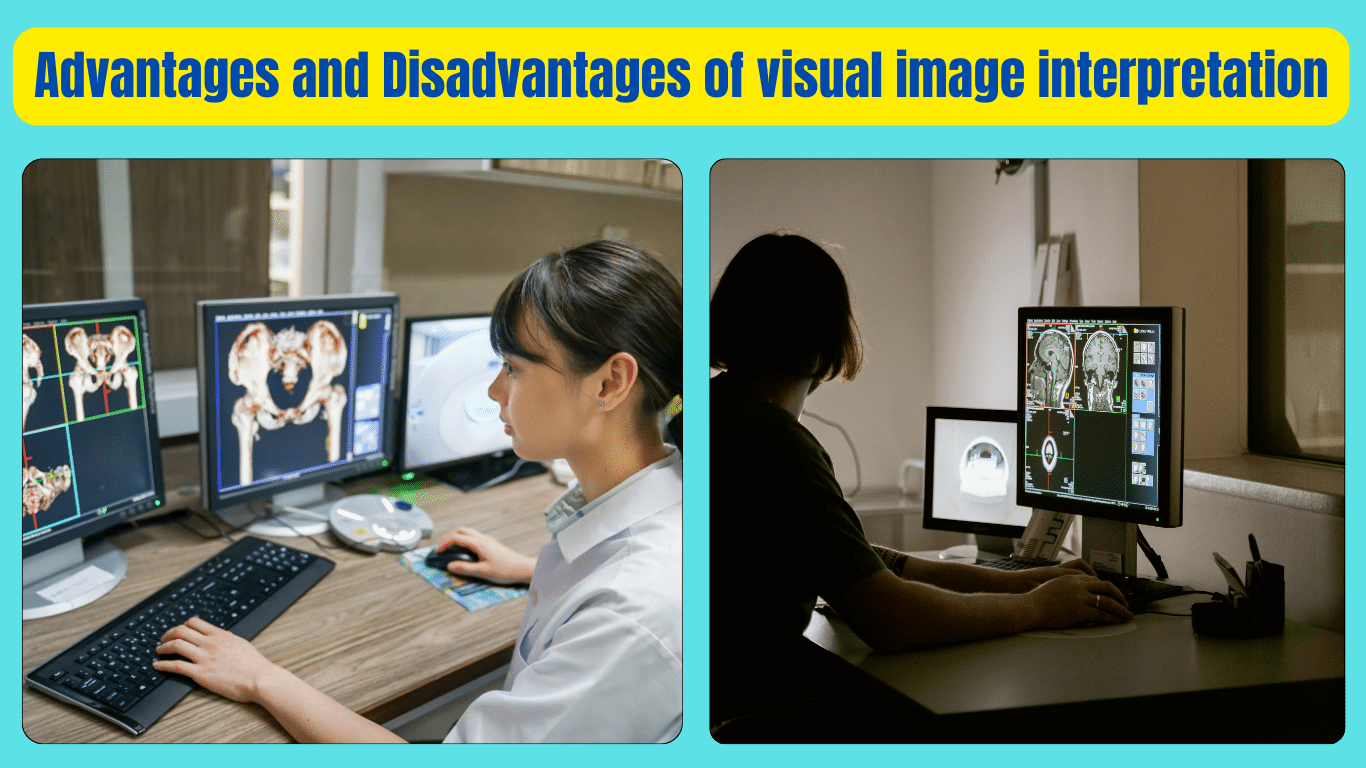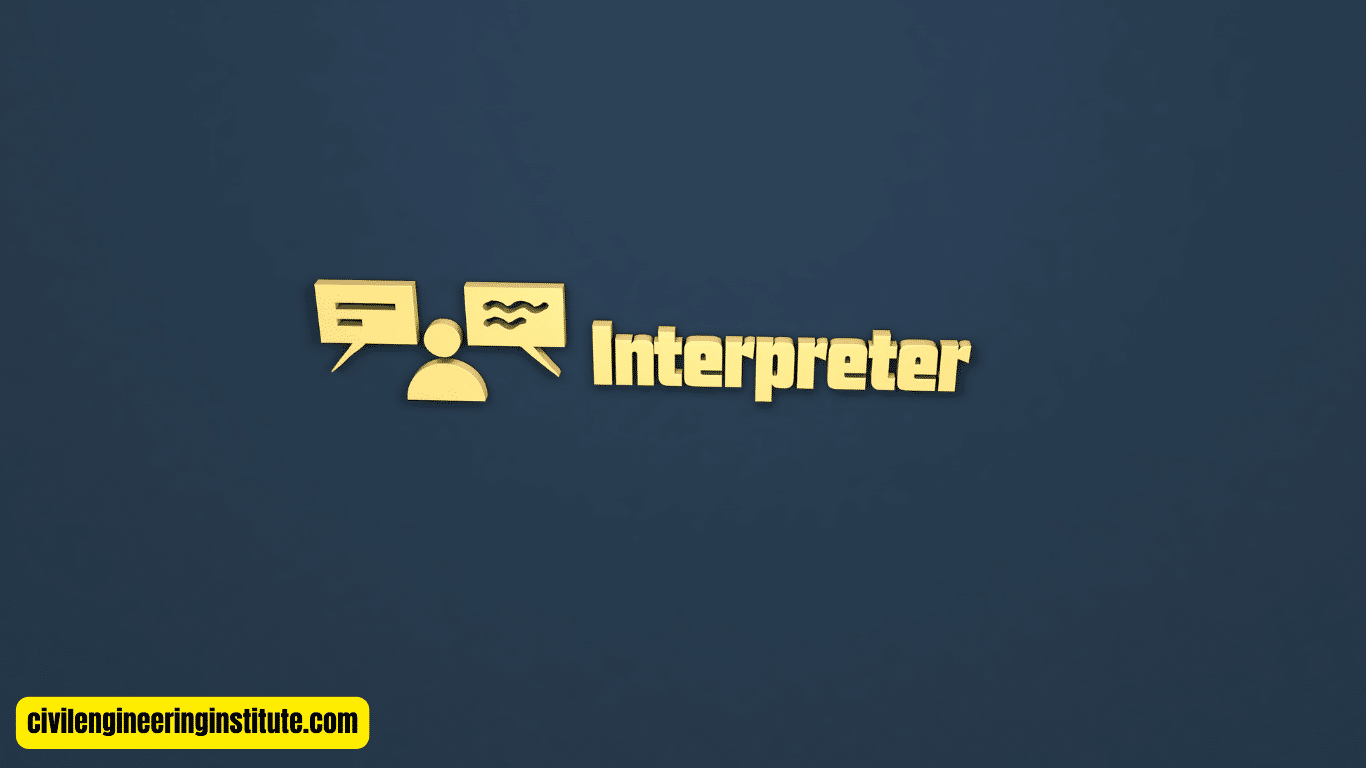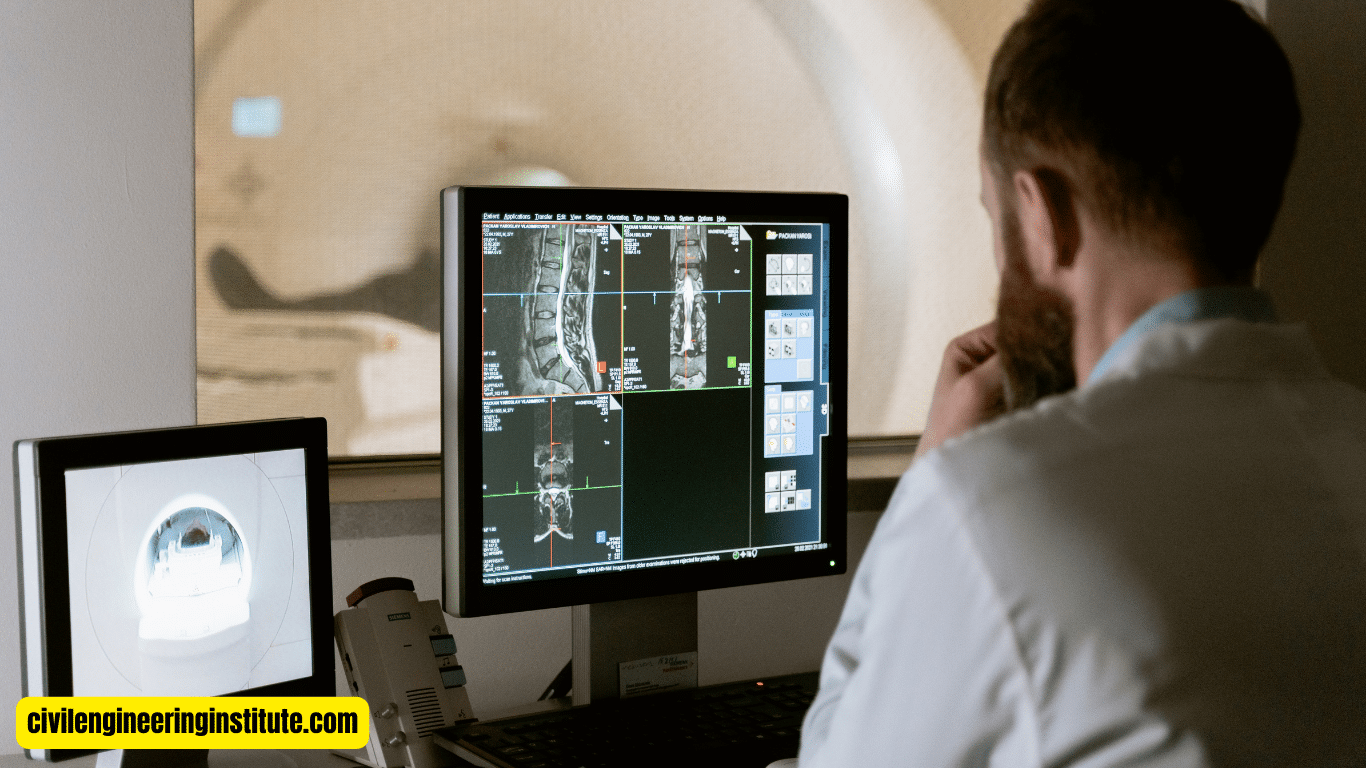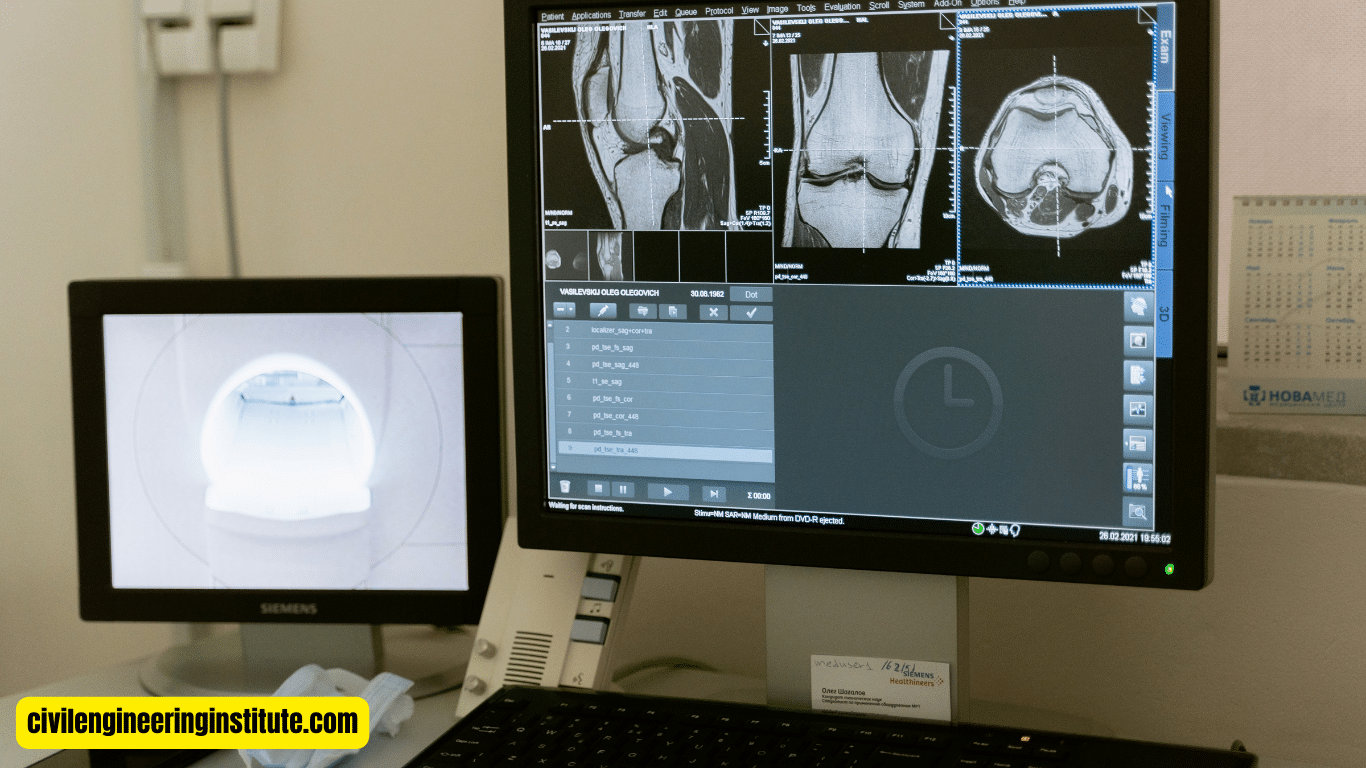Visual image interpretation offers several advantages and disadvantages that impact how we understand and analyze images. One advantage is its ability to convey complex information quickly and effectively. Visual images can communicate ideas and concepts that might be difficult to express in words alone. Additionally, visual interpretation can enhance comprehension and retention, making it easier for people to remember information.
However, there are also drawbacks to visual image interpretation. One disadvantage is the potential for misinterpretation or misunderstanding. Visual images can be open to interpretation, leading to confusion or miscommunication. Moreover, reliance solely on visual interpretation may overlook important details or nuances that could be captured through other forms of analysis. Despite these drawbacks, visual image interpretation remains a valuable tool for conveying information and understanding complex concepts.
Advantages and Disadvantages of Visual Image Interpretation: A Comprehensive Guide
In today’s visually-driven world, the interpretation of images plays a crucial role in various fields, from science and medicine to marketing and communication. Visual image interpretation involves analyzing and understanding images to extract valuable information. While this method offers several advantages, it also comes with its own set of disadvantages. In this article, we’ll explore the pros and cons of visual image interpretation in simple language to help readers grasp its significance more easily.
Advantages of Visual Image Interpretation
- Efficient Communication
- Enhances Comprehension
- Facilitates decision-making
- Cross-cultural Communication
- Stimulates creativity
Efficient Communication
One of the primary advantages of visual image interpretation is its ability to convey complex information quickly and efficiently. Visual images, such as photographs, charts, and diagrams, can effectively communicate ideas and concepts that may be challenging to express through text alone. For example, a graph showing sales trends over time can provide a clear overview of business performance at a glance, making it easier for stakeholders to understand.
Enhances Comprehension
Visual images have the power to enhance comprehension and aid in information retention. When accompanied by relevant visuals, textual information becomes more engaging and easier to understand. Research has shown that people are more likely to remember information when it is presented in a visual format. By incorporating images into presentations, educational materials, and reports, educators and communicators can improve learning outcomes and ensure that key messages resonate with their audience.
Facilitates decision-making
Visual image interpretation can facilitate decision-making processes by providing stakeholders with actionable insights. For instance, in medical imaging, radiologists rely on visual interpretations of X-rays, MRI scans, and other diagnostic images to diagnose illnesses and plan treatments. By carefully analyzing these images, healthcare professionals can make informed decisions that can have a significant impact on patient outcomes.
Cross-cultural Communication
Visual images have the unique ability to transcend language barriers and facilitate cross-cultural communication. Unlike written or spoken language, which may require translation, visual symbols and metaphors can be universally understood. This makes visual image interpretation particularly valuable in global contexts where language diversity is prevalent. For example, a simple icon depicting a heart can convey the concept of love or affection across different cultures without the need for words.
Stimulates creativity
Engaging with visual images can stimulate creativity and inspire new ideas. Whether it’s admiring a piece of artwork or analyzing data visualizations, visual image interpretation encourages viewers to think critically and explore different perspectives. By encouraging creative thinking, visual images can spark innovation and problem-solving in various fields, from design and advertising to scientific research and engineering.
Disadvantages of Visual Image Interpretation
- Subjectivity and Bias
- Misinterpretation and Miscommunication
- Limited Information
- Technical Challenges
- Overreliance on Visuals
Subjectivity and bias
One of the main disadvantages of visual image interpretation is the inherent subjectivity and potential for bias. Different individuals may interpret the same image differently based on their personal experiences, beliefs, and cultural backgrounds. This subjectivity can lead to inconsistencies in analysis and decision-making, particularly in fields where objectivity is paramount, such as forensic science and legal proceedings.
Misinterpretation and Miscommunication
Visual images are open to interpretation, which can lead to miscommunication and misunderstandings. Without proper context or clarification, viewers may misinterpret the intended message or draw incorrect conclusions from an image. This is especially problematic in situations where visual images are used to convey complex or sensitive information, such as in news media or public health campaigns. Misinterpretation can undermine the effectiveness of communication efforts and lead to confusion among the audience.
Limited Information
While visual images can convey information efficiently, they also have limitations in terms of the amount and depth of information they can provide. Unlike text, which can be rich in detail and explanation, visual images often offer only a snapshot of a larger concept or phenomenon. This can be insufficient for conveying complex ideas or nuance, leading to oversimplification or incomplete understanding. In fields where detailed analysis is required, such as scientific research and engineering, visual image interpretation may need to be supplemented with additional information sources.
Technical Challenges
The interpretation of visual images can pose technical challenges, particularly when dealing with complex data or advanced imaging techniques. For example, interpreting medical imaging scans requires specialized training and expertise to accurately identify abnormalities and make diagnostic assessments. Similarly, analyzing satellite imagery for environmental monitoring or urban planning purposes requires proficiency in remote sensing techniques and geographic information systems (GIS). Technical limitations and inaccuracies in image acquisition or processing can also affect the reliability of visual interpretations, impacting the validity of conclusions drawn from the data.
Overreliance on Visuals
In some cases, overreliance on visual images can lead to a neglect of other forms of information and analysis. While visual images are valuable for capturing attention and conveying information efficiently, they should be used in conjunction with other data sources to ensure comprehensive understanding. Relying solely on visual interpretation may overlook important details or nuances that could be captured through textual analysis, statistical modeling, or qualitative research methods. It’s essential to strike a balance between visual and non-visual forms of information to avoid bias and ensure robust decision-making processes.
Some important points: Advantages and Disadvantages of visual image interpretation
Limitations of Visual Image Interpretation
Visual image interpretation, while valuable, has its limitations. One significant limitation is the subjectivity inherent in the process. Individuals may interpret the same image differently based on their experiences and biases. This subjectivity can lead to inconsistencies in analysis and decision-making, particularly in fields where objectivity is crucial, such as forensic science and legal proceedings. Additionally, visual images may provide only a snapshot of a larger concept or phenomenon, limiting the depth of information they can convey. This can result in oversimplification or incomplete understanding, especially in complex or nuanced situations.
Principles of Visual Image Interpretation
Several principles guide the process of visual image interpretation. One key principle is understanding the context in which the image was created or captured. Contextual information helps interpreters make sense of the image and draw accurate conclusions. Another principle is to consider the scale and resolution of the image. Scale refers to the size of features depicted in the image relative to their real-world counterparts, while resolution refers to the level of detail captured in the image. Interpreters must also be aware of factors such as lighting conditions, perspective, and image distortion, which can affect interpretation accuracy.
Importance of Visual Interpretation
Visual interpretation is important for several reasons. Firstly, visual images have the power to convey complex information quickly and effectively, making them valuable tools for communication and decision-making. Additionally, visual interpretation enhances comprehension and aids in information retention, particularly when accompanied by relevant visuals. In fields such as medicine, environmental science, and urban planning, visual interpretation plays a crucial role in analyzing data, identifying patterns, and making informed decisions. Furthermore, visual images can transcend language barriers and facilitate cross-cultural communication, making them essential in global contexts.
The 7 Elements of Visual Image Interpretation
Visual image interpretation involves analyzing images based on seven key elements. These elements include:
- Color: The colors present in the image and their significance in conveying information.
- Shape: The shapes and patterns depicted in the image and their interpretation.
- Size: The size of features relative to one another and their real-world scale.
- Texture: The surface characteristics of objects depicted in the image.
- Pattern: Repetitive arrangements of features within the image.
- Shadow: The presence and interpretation of shadows cast by objects.
- Association: The relationship between different features depicted in the image and their spatial arrangement.
By considering these elements, interpreters can extract valuable information from visual images and draw meaningful conclusions.
Purpose of Image Interpretation
Image interpretation aims to extract valuable information from visual images to aid in understanding and decision-making. Visual images capture data and information in an easily digestible way and can convey complex concepts more effectively than text alone. Image interpretation allows researchers, policymakers, and practitioners to analyze data, identify trends and patterns, and make informed decisions in various fields. Whether it’s diagnosing illnesses from medical imaging scans, monitoring environmental changes from satellite imagery, or analyzing consumer behavior from marketing visuals, image interpretation serves a crucial role in modern society.
Conclusion
In conclusion, visual image interpretation offers numerous advantages, including efficient communication, enhanced comprehension, and facilitation of decision-making processes. However, it also has its disadvantages, such as subjectivity, misinterpretation, and technical challenges. By understanding the strengths and limitations of visual image interpretation, practitioners can make informed decisions about when and how to utilize this method effectively. Ultimately, visual images remain a powerful tool for conveying information and understanding complex concepts, but they should be approached with critical thinking and a recognition of their inherent biases and limitations.
FAQs
What is visual image interpretation?
Visual image interpretation involves analyzing and understanding images to extract valuable information, such as patterns, trends, and relationships.
What are the advantages of visual image interpretation?
Advantages include efficient communication, enhanced comprehension, facilitation of decision-making, cross-cultural communication, and stimulation of creativity.
Why is visual interpretation important?
Visual interpretation is important because it helps convey complex information quickly and effectively, enhances understanding, aids in decision-making, and transcends language barriers.
What are the disadvantages of visual image interpretation?
Disadvantages include subjectivity and bias, misinterpretation and miscommunication, limited information, technical challenges, and overreliance on visuals.
How does subjectivity affect visual image interpretation?
Subjectivity can lead to inconsistencies in analysis and decision-making, as different individuals may interpret the same image differently based on their personal experiences and biases.
What are some technical challenges in visual image interpretation?
Technical challenges include interpreting complex data or advanced imaging techniques, as well as inaccuracies in image acquisition or processing that can affect the reliability of interpretations.
How can misinterpretation occur in visual image interpretation?
Misinterpretation can occur due to a lack of context or clarification, leading viewers to draw incorrect conclusions or misunderstand the intended message of the image.
Why is it important to consider scale and resolution in visual interpretation?
Scale and resolution affect the accuracy and detail of the information conveyed in the image, and understanding these factors is crucial for accurate interpretation.
What role does visual image interpretation play in decision-making processes?
Visual image interpretation provides stakeholders with actionable insights that inform decision-making processes, whether in healthcare, environmental monitoring, or business analytics.
How can visual image interpretation contribute to cross-cultural communication?
Visual images can transcend language barriers and convey universal concepts, making them valuable tools for communicating across diverse cultures and audiences.






